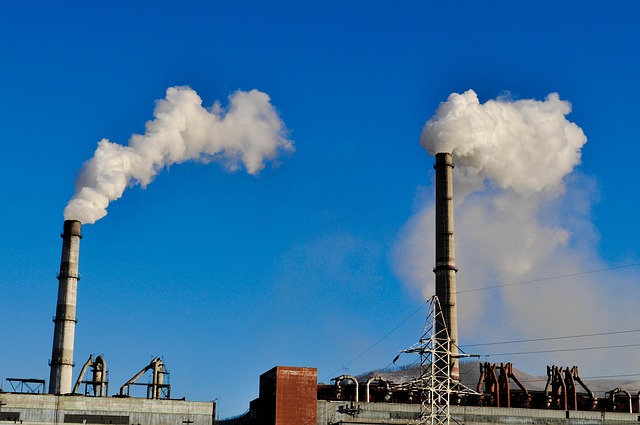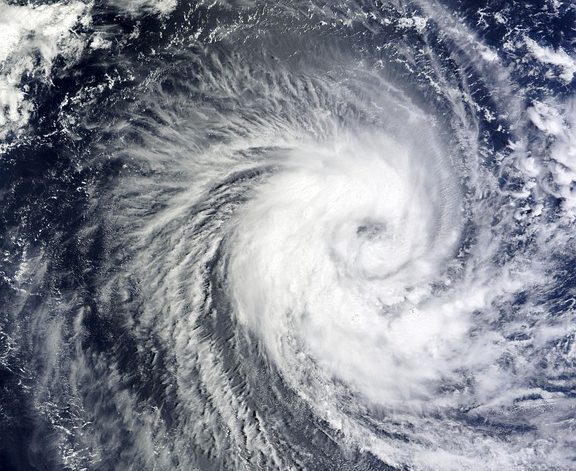INTRODUCTION
Thermal Pollution: It is also known as thermal enrichment.
The term is defined as water quality degradation due to the changes in ambient water temperature caused by any process happening naturally or by human activities.
You might also like: Urban Heat Islands – Causes, Effects, and Solutions
SOURCES OF THERMAL POLLUTION
The main sources of thermal pollution are industries such as smelters, steel mills, chemical plants, paper and pulp mills, petroleum factories, etc.
CAUSES OF THERMAL POLLUTION
The causes of thermal pollution are natural and anthropogenic.
NATURAL CAUSES OF THERMAL POLLUTION
Natural causes are listed below.
Geothermal Activities: Geothermal activities such as volcanic eruptions, hot springs, and geothermal vents are natural sources of thermal pollution.
HUMAN CAUSES OF THERMAL POLLUTION
Human causes of thermal pollution are briefly described below.
1. Deforestation: Cutting of trees decreases shade area to water bodies and sunlight increases the temperature of water bodies as well.
2. Soil Erosion: Soil erosion raises water levels and induces anaerobic conditions in water bodies that cause thermal pollution.
3. Coolant in Power Plants: The industries using water from nearby water bodies as coolants are key cause of thermal pollution. Some power plants release extremely hot water directly into water bodies i.e. seas, rivers, etc.
4. Sewage: The microbes contaminated domestic sewage that gets discharged into water bodies cause changes in water temperature.
5. Urban Runoff: Runoff from urban areas and paved roads increase the temperature of water bodies and cause disturbances to aquatic life.
You might also like: Heatwaves Are Killing Off Sea Life In Billions – Destroying The Ecosystem
EFFECTS OF THERMAL POLLUTION
The effects of thermal pollution can be noticed on the environment and aquatic life.
1. Aquatic Ecosystem Disturbance: The changes in water temperature cause disturbance in the aquatic ecosystem. Some species cannot survive in warm water bodies.
2. Biodiversity Loss: The warm water results in increased microbial activities that lead to eutrophication and biodiversity loss due to biological effects on organisms.
3. Lower level of Dissolved Oxygen in Water: The dissolved oxygen in water decreases due to the increasing temperature of water bodies. The lower level of dissolved oxygen shows degraded water quality.
4. Water Pollution: The coolant may carry toxins from power plants. The repetitive discharge of coolant in nearby water bodies causes water pollution.
5. Massive Killing of Fish Species: Thermal pollution might be responsible for the massive killing of fish species inhabiting water bodies that receive coolants released by industries.
Also check out: Marine Pollution – Its Risky Effects on Marine Life & Humans
SOLUTIONS TO THERMAL POLLUTION
In order to conserve biodiversity, control of thermal pollution is crucial. The solutions to thermal pollution are described below.
1. Air-Cooled Systems: Treating wastewater before discharging into nearby water bodies is necessary and air-cooled systems can help lower the temperature of coolants.
2. Cooling Ponds: The manmade cooling ponds dissipate waste heat by evaporation and convection and hence the water can be used for industrial purposes.
3. Recycling Wastewater: One solution to thermal pollution is recycling wastewater that could be used again in the same industry for heating purposes.
4. Cooling Towers: These towers work on the technique of removing waste heat from power plants and expelling it into the atmosphere.
5. Artificial Water Bodies: Constructing and monitoring artificial water bodies nearby industries can help dissipate waste heat into the atmosphere by evaporation.
You might also like to read: World Fisheries And Impacts Of Fishery Over-Exploitation
CONCLUSION
Thermal pollution has severe consequences on the aquatic ecosystem. Fishes are an important part of the natural ecosystem. Any disturbance in nature brings ecological disasters. Changing the temperature of water bodies is unhealthy for fishes, amphibians, but also for the surrounding environment. Preventive measures should be adopted to save the ecosystem of the Earth.
Also read: Eutrophication – Causes, Effects, and Solutions
I hope you all liked this post! Please comment below if you have any suggestions, comments, or feedback! We at #envpk love hearing from our readers! Thanks!




